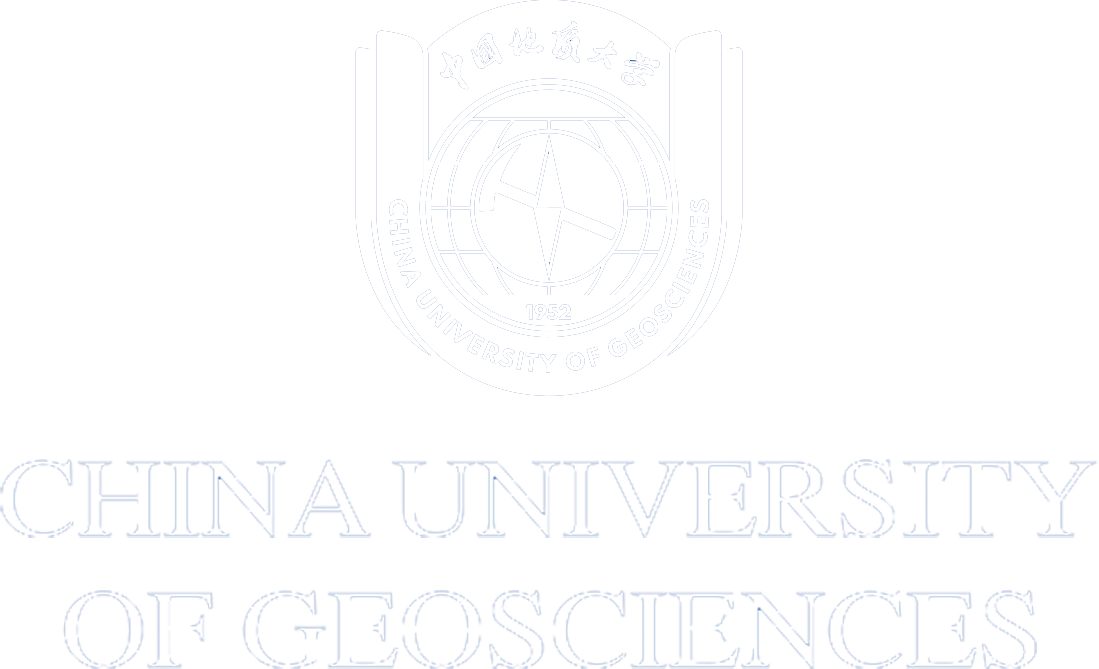Bioreduction of soluble U(VI) to sparingly soluble U(IV) is proposed as an effective approach to remediating uranium contamination. However, the stability of biogenic U(IV) in natural environments remains unclear. We conducted U(IV) reoxidation experiments following U(VI) bioreduction in the presence of ubiquitous clay minerals and organic ligands. Bioreduced Fe-rich nontronite (rNAu-2) and Fe-poor montmorillonite (rSWy-2) enhanced U(IV) oxidation through shuttling electrons between oxygen and U(IV). Ethylenediaminetetraacetic acid (EDTA), citrate, and siderophore desferrioxamine B (DFOB) promoted U(IV) oxidation via complexation with U(IV). In the presence of both rNAu-2 and EDTA, the rate of U(IV) oxidation was between those in the presence of rNAu-2 and EDTA, due to a clay/ligand-induced change of U(IV) speciation. However, the rate of U(IV) oxidation in other combinations of reduced clay and ligands was higher than their individual ones because both promoted U(IV) oxidation. Unexpectedly, the copresence of rNAu-2/rSWy-2 and DFOB inhibited U(IV) oxidation, possibly due to (1) blockage of the electron transport pathway by DFOB, (2) inability of DFOB-complexed Fe(III) to oxidize U(IV), and (3) stability of the U(IV)-DFOB complex in the clay interlayers. These findings provide novel insights into the stability of U(IV) in the environment and have important implications for the remediation of uranium contamination.
Article link: https://pubs.acs.org/doi/10.1021/acs.est.3c07385




 Address
Address
 E-Mail
E-Mail
 Telephone
Telephone